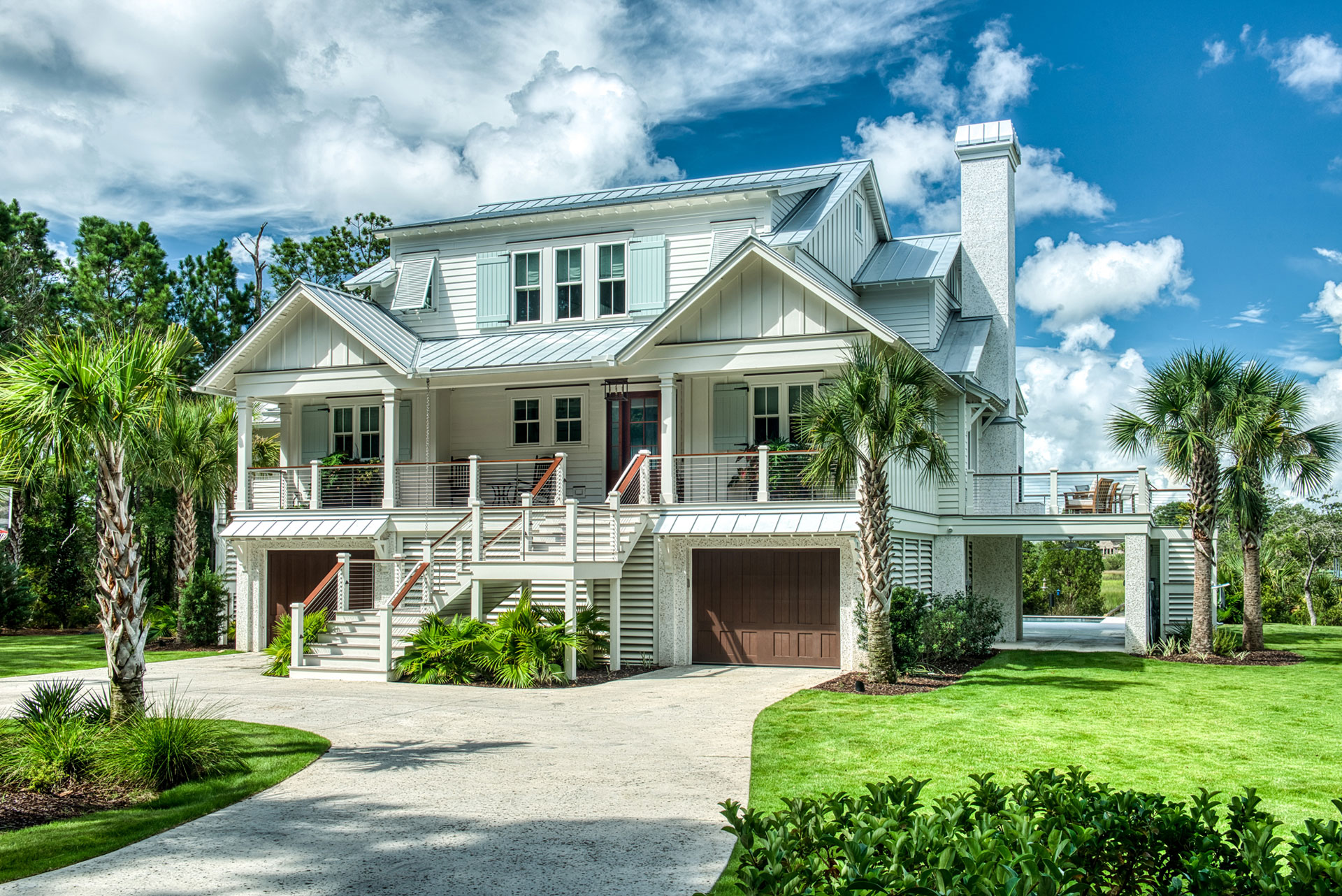Architects use a variety of materials to create buildings. Of course, we’re all familiar with bricks, mortar, wood and so forth, but metal screens oftentimes play a part in how architects create a unique space, as well. An Hobe Sounds architects screen can even double as a media screen, in some cases. There are plenty of applications for this particular building material.
Environment and Aesthetics
If you take a walk around a major city, you’ll notice that a lot of the buildings look quite a bit alike. Over time, many modern cities have turned into places where square shapes, grey colors and mirror-like surfaces are the norm. This once had a great deal of appeal to people but, over the years, people have trended towards wanting a more natural environment to live in. Architectural screen actually plays a role in providing just that environment.
One of the things that make a city look unnatural is the fact that the angles of the building are not the same types of angles that you usually see in nature. Buildings tend to be characterized by a lot of 90 degree angles, sharp corners and flat surfaces. Some innovative architects are using architectural screen to soften these angles and to create a more visually interesting surface. What happens is that the light is caught by the wires in the screen and, because of the way the screen is laid over the façade, the angles are softened and the light creates an interesting interplay that catches the eye. This tends to make the environment look quite a bit more natural and more pleasing for the people who live in it. Of course, just like the wooden ladders you might see along the sides of older buildings, architectural screen can provide a handy climbing surface for various types of plant life.
Architectural screen also distracts from the fact that there are people walking around inside a building. Because it catches a great deal of the light hitting the surface of the building and, of course a great deal of the light emanating from the building, the people inside the building are obscured. This provides a level of privacy that is being taken advantage of by some municipal buildings in their designs.
Very High Tech
While they are certainly common features in the environment on roadsides and in cities, billboards are rather outdated. Today, to catch someone’s eye, you need to go a little bit farther than a painted message on a flat surface.
Architectural screen can actually be used to display images. By combining LEDs with the screen, building designers are able to place a transparent facade on their creation that can be used to carry commercial or other messages. Of course, a surface that is actually lit up is much more catching to the eye and, on some occasions, it can even be shut down if needed. Architectural screen is one of the more versatile building materials to which architects have access. With new technology, it is even more versatile.

